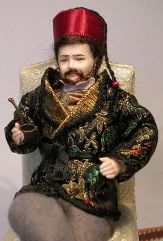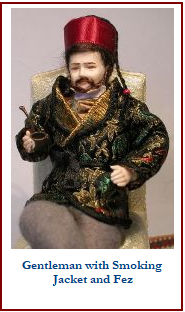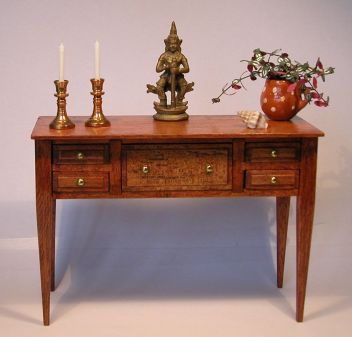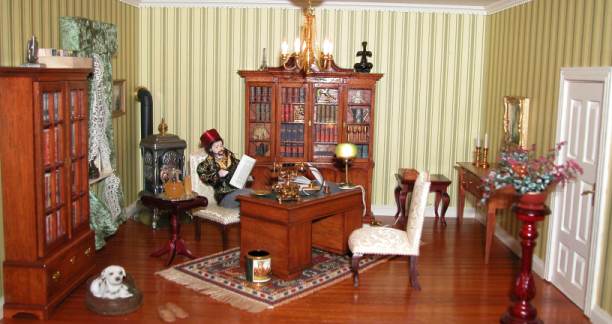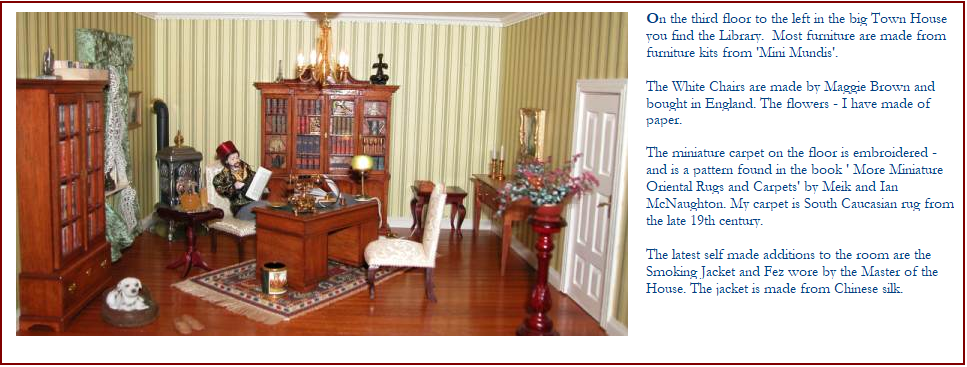Hepplewhite Huntboard Ca. 1780-1800
During the period from 1780 to 1840, three types of sideboards developed in North America: The long, or standard sideboards; the shorter New England sideboard and the hunt board. Their designs, for the most part, were based upon three styles: Hepplewhite, Sheraton and American Empire.
The hunt board was used almost exclusively south of the Mason-Dixon Line and was derived from a simple plank, set up outside the trestles, which provided a place to lay out the food to feed hunters as they returned from the hunt. As the Southern homes became larger and more fashionable, the hunt board was built as a piece of permanent furniture and was moved inside. When these pieces were still being used for their purpose, to serve the hungry hunter, they were never found in the dining room, but were usually placed in the back hall, or even in one of the many outbuildings in the plantation. The hunt boards that have survived have finally been a place of prominence in the home, but most are still fulfilling their original rolls as serving places for buffet meals.
The piece in my Dolls House is made from a furniture kit by ' The House of Miniatures'.
Source: The House of Miniatures Collectors Series




